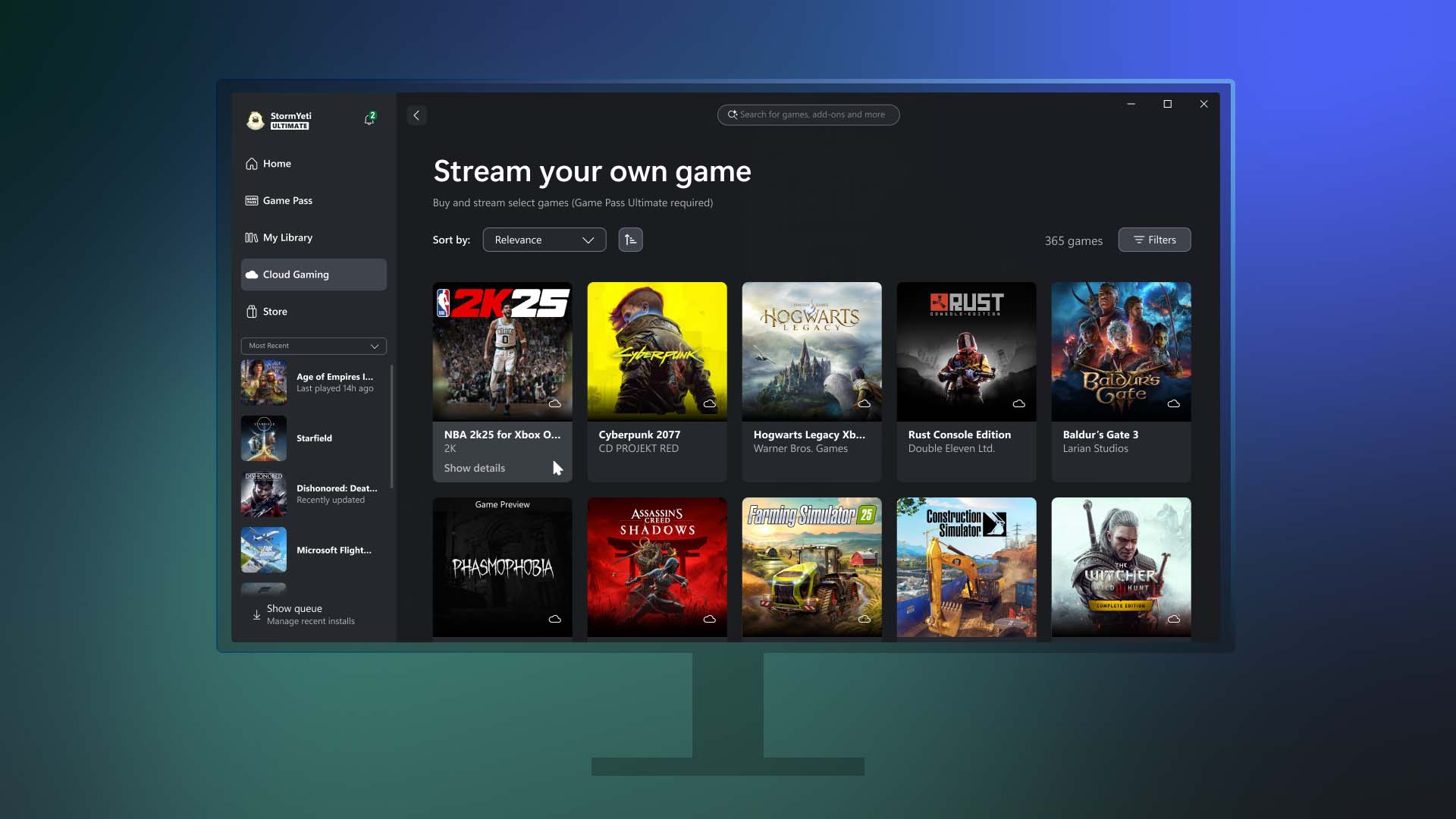Essential Trading Plan Guide: Craft a Winning, Automated Trading Investment Plan
Learn how to make a trading plan, trading investment plan tips, and automate with trading software. Discover real strategies for successful trading.

Crafting Your Perfect Trading Plan: The Blueprint for Success in Trading and Investments
Introduction
Have you ever wondered why some folks seem to hit their trading goals with incredible precision, while others get lost in a sea of confusion? Well, it’s not luck—it’s their trading plan. Think of a trading plan as your GPS on the winding roads of trading and investment. Without it, you’re just hoping you’ll reach your destination. With it, you have a step-by-step route, complete with detours for rough weather. In this article, we’ll show ordinary people like you how crafting a solid plan can transform your trading journey—from guesswork to strategy, from stress to confidence.
Learn how to make a trading plan, trading investment plan tips, and automate with trading software. Discover real strategies for successful trading.
What Is a Trading Plan?
Imagine going on a road trip without a map. Chances are you’ll get lost, right? That’s what trading without a plan feels like. A trading plan is a detailed script that spells out how, when, and what you’ll trade. It covers your goals, rules, risk levels, tools, and even your “emergency exits.” Without it, every trade is a gamble.
Why Every Trader Needs a Trading Plan
Let’s face it: the market is unpredictable. But you don’t have to be.
A trading plan:
-
Gives you clarity
-
Prevents impulsive decisions
-
Sets clear entry and exit points
-
Protects your money when things get rough
Think of it as the anchor that keeps your boat steady, no matter how choppy the financial waters may get.
Key Components of a Great Trading Plan
A strong plan isn’t just about buying and selling. Consider including:
-
Personal and financial goals
-
Market analysis methods
-
Entry and exit criteria
-
Risk management rules
-
Review process
It’s like building a house: you’d never start without blueprints, right?
How to Make a Trading Plan: Step-by-Step
Step 1: Define your goals (short-term and long-term).
Step 2: Decide how much money you’re willing to risk.
Step 3: Choose the markets and instruments you’ll trade (stocks, forex, crypto, etc.).
Step 4: Outline your trading strategy (what triggers a buy or sell?).
Step 5: Set your risk/reward rules—how much will you risk on each trade?
Step 6: Select your tools (manual or automated trading software).
Step 7: Create a plan for reviewing and tweaking your strategy over time.
Common Pitfalls and Mistakes to Avoid
-
Trading without clear rules
-
Risking too much on one deal
-
Chasing losses with “revenge trading”
-
Ignoring the plan when emotions kick in
Picture a chef baking without a recipe—it’s a recipe for disaster!
Trading Investment Plan vs. Trading Plan: What’s Different?
A trading investment plan takes a broader view. It incorporates your overall financial health, investment horizon, risk tolerance, and how trading fits into your wealth-building strategy. A trading plan is more detailed, focusing on “how you’ll trade,” while an investment plan asks, “What are you trading for?” They’re like two wings on the same bird—you need both to fly successfully.
The Role of Psychology in Your Plan
Ever heard the saying, “The market is 80% psychology and 20% mechanics”?
-
Greed and fear are the biggest enemies
-
A plan helps manage stress and emotional decision-making
-
It provides a framework to stick to during market chaos
Treat your plan like an emotion-neutralizer.
Risk Management Strategies
Risk management isn’t just good practice—it’s survival. Key tactics:
-
Don’t risk more than 1–2% of capital per trade
-
Use stop-loss orders for protection
-
Diversify across different assets or markets
-
Avoid margin or leverage unless you’re experienced
Even the best trader hits bumps in the road—the goal is to avoid a crash!
Setting Realistic Goals and Expectations
Trading is not a get-rich-quick scheme.
-
Set measurable targets (profit/loss percentages)
-
Always plan for learning curves and sideways markets
-
Celebrate progress, not just big wins
A slow and steady approach often wins the long game.
Choosing the Right Tools: Automated Trading Software
Let’s talk about the modern magic wand for traders: automated trading software.
-
Handles trades based on pre-set criteria—no emotions, just logic
-
Monitors multiple markets at lightning speed
-
Helps prevent “FOMO” (Fear Of Missing Out) and inconsistent decisions
-
Useful for beginners and pros alike, but requires careful setup and backtesting
An analogy? It’s like autopilot for your trades—you still need to program the flight plan!
Backtesting and Adjusting Your Plan
Before risking real money, test your plan using historical data (backtesting).
-
Reveals potential flaws before real-world consequences hit
-
Allows for tweaks and optimizations
-
Many automated trading platforms offer backtesting features
Think of this as rehearsing before a big performance.
Sticking to the Plan: Discipline and Consistency
All the best plans in the world mean nothing if you don’t follow them.
-
Resist the urge to improvise without analysis
-
Keep a trading journal—track every trade, even the bad ones
-
Reflect regularly: What worked, what didn’t, and why?
Consistency is king.
When and How to Revise Your Trading Plan
Markets change, and so should your strategy—just not on a whim.
-
Review after major wins/losses or market shifts
-
Be honest: Did your plan fail, or did you fail to follow it?
-
Make small, incremental adjustments, not complete overhauls
Your plan is a living document, not a stone tablet.
Stories: Real-Life Successes and Failures
-
Success: Jane started with $1,000, had a firm plan, used automated software, and grew her account through steady progress.
-
Failure: Tom jumped in, followed tips online, and had no risk management—lost his capital within weeks.
The difference? Discipline, planning, and the right tools.
Conclusion and Next Steps
A robust trading plan is your lifeboat in the wild seas of finance. It transforms chaos into order, uncertainty into clarity, and hope into tangible results. Whether you trade for fun or for your future, the steps and strategies outlined here are your roadmap. Embrace your plan, adjust it as you grow, and let it guide you toward your financial ambitions with confidence.
FAQs
1. What is the most important element in a trading plan?
The most vital part is risk management—knowing how much you’re willing to lose on any single trade. It keeps you in the game and protects your capital.
2. How do I know when to update my trading plan?
Update your plan after major market movements, a series of losses or wins, or if there is a change in your financial situation or goals.
3. Is automated trading software suitable for beginners?
Yes, if chosen carefully and used with clear guidelines. But beginners should always start with practice accounts and understand the software’s features before using real money.
4. Can I trade successfully without a formal plan?
You might have short-term luck, but long-term success almost always requires a solid, written trading plan.
5. What’s the difference between a trading plan and an investment plan?
A trading plan focuses on the “how” of individual trades, while an investment plan takes a broad view of your financial journey, incorporating various assets and longer-term strategies.
What's Your Reaction?
 Like
0
Like
0
 Dislike
0
Dislike
0
 Love
0
Love
0
 Funny
0
Funny
0
 Angry
0
Angry
0
 Sad
0
Sad
0
 Wow
0
Wow
0








































